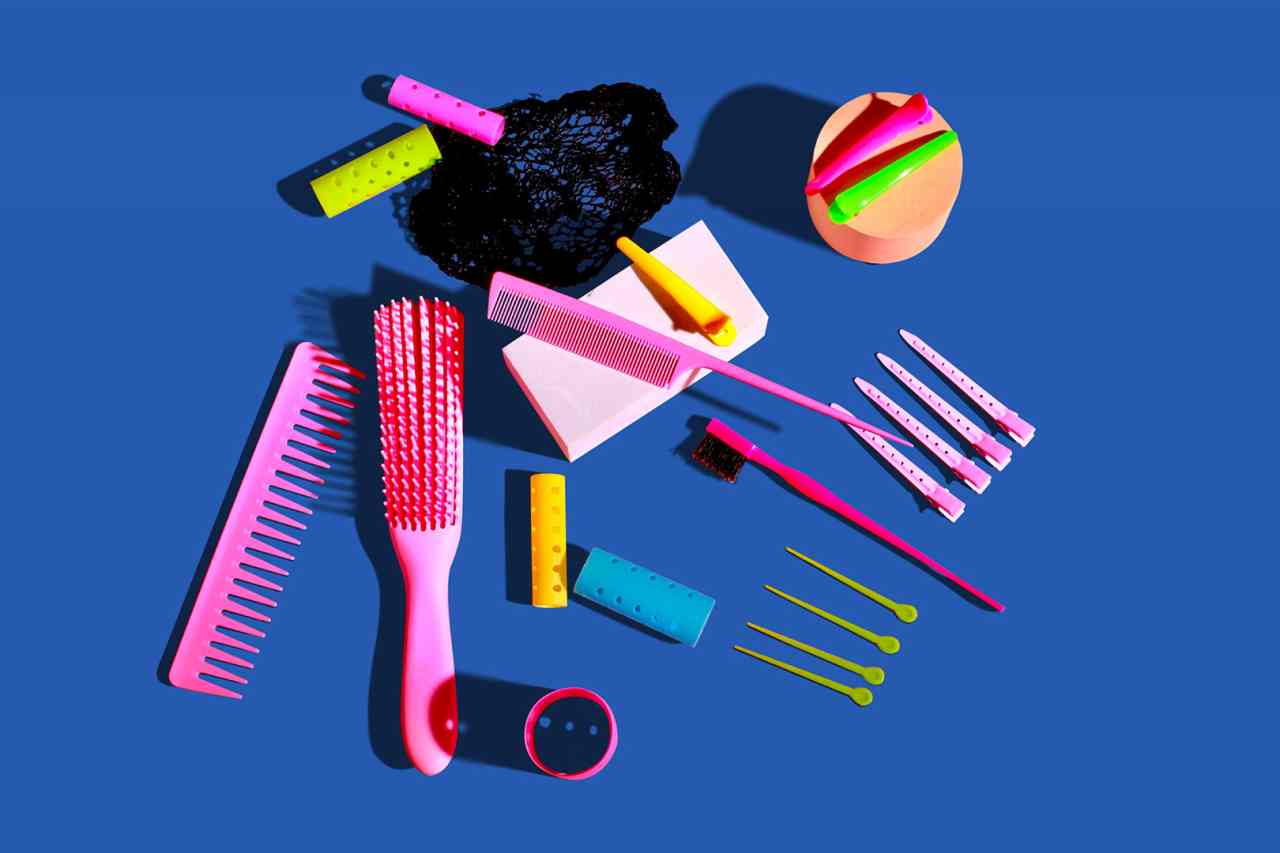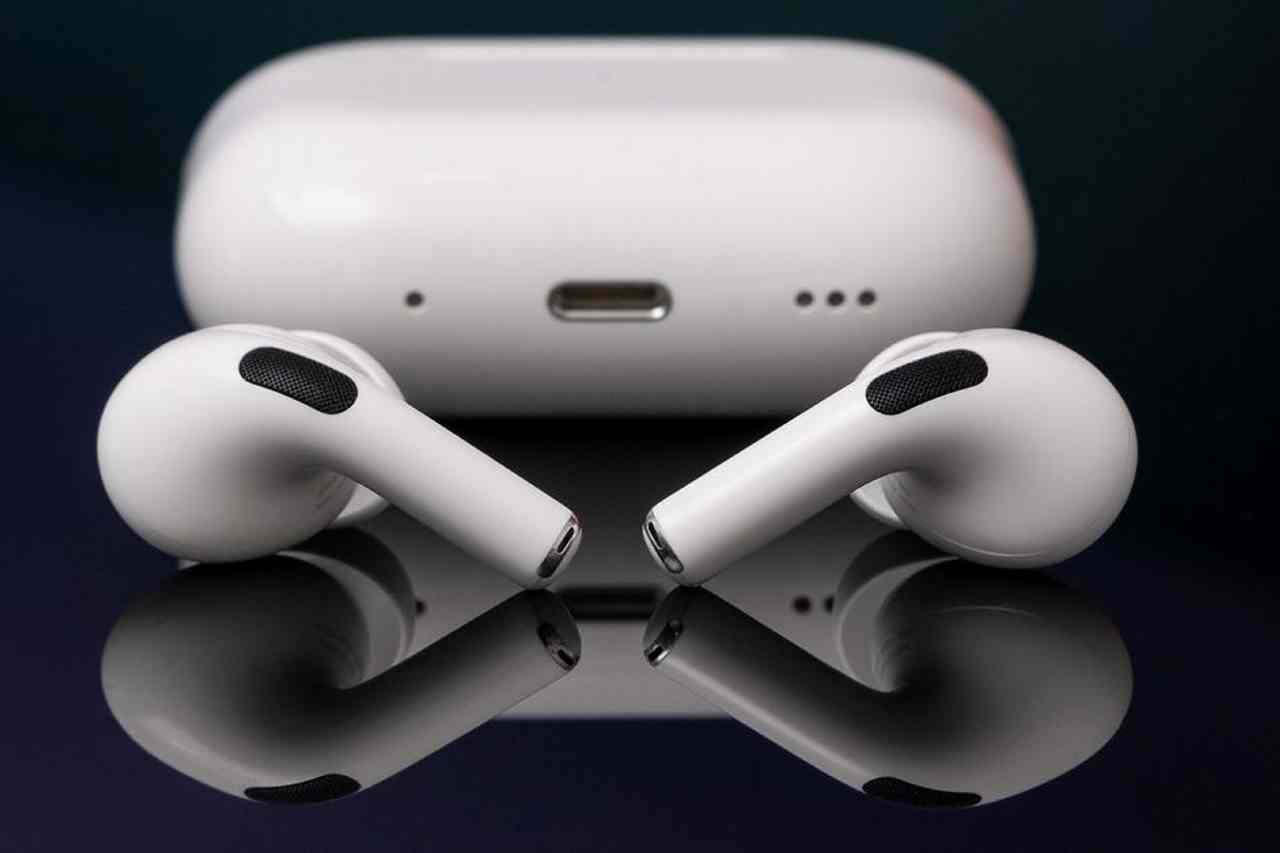Chances are your hairbrush is one of the most trusty tools in your beauty arsenal. After all, in most cases, it’s the first step to a flawless mane. But your brush does more than detangle and remove the 50 to 100 strands you shed each day—the tool also helps remove lint and dust, as well as flakes of dandruff from your scalp and strands, coming into contact with all kinds of oils in the process. Not to mention, it combs through whatever product you’ve put into your hair.
Meet our expert: Lizzie Parmenter, consultant for Hair Loft Studio, a boutique hair salon
So it’s no surprise that—much like your hair—your brush itself needs cleaning every once in a while. After all, you don’t want all that gunk transferring right back into your hair, do you?
To help you get the job done efficiently and correctly, we asked industry experts how to clean your hairbrush the right way.
How to clean your hairbrush
If you’ve ever tried to clear hair from a brush, you know that a simple tug doesn’t always yield the best results. (Weird grey fuzzies… we’re looking at you.) But a few tricks can make the whole process a whole lot more thorough and satisfying.
First, use a comb to gently lift accumulated hair from the bristles. You may have to approach from each side to get the job done completely—take your time. If things are really stuck, you can—very carefully—use scissors to make a few small snips in the tangled hair.
Once your brush is free from excess hair, take note of your brush’s construction before proceeding to the next step. If your brush or comb is plastic and doesn’t contain any padding, follow these steps, says Lizzie Parmenter, consultant for Hair Loft Studio, a boutique hair salon:
- Swish: Hold your brush by the handle and swish the bristled end of your brush in a bowl of warm water. For extra cleaning power, you can add a teaspoon of baking soda or white vinegar to the mix.
- Scrub: Apply a small amount of shampoo to a toothbrush, then scrub the bristles and base of the brush with the toothbrush.
- Rinse: Rinse the brush by swishing it in a bowl of clean water.
- Dry: Allow the brush to air dry, bristles facing down.
But what if my hairbrush is wooden?
If your brush is wooden or has padding, the dip and scrub method can damage it. Instead, follow these modified steps:
- Swish: Hold your brush by the handle and swish only the bristles of your brush in a bowl of warm water. (Go ahead and add the baking soda or white vinegar, if you’d like.)
- Scrub: Apply a small amount of shampoo to a toothbrush, then scrub the bristles—again, being careful to avoid any padding or wood paddles/handles.
- Rinse: Rinse the brush by swishing the bristles in a bowl of clean water.
- Wipe: Using a damp wipe or microfiber cloth, wipe down the padding (to the best of your ability and the exterior of the brush. Alternatively, you can spray these areas with a light mist of rubbing alcohol before wiping clean. (This helps sanitize—like after lice, for example.)
- Dry: Allow the brush to air dry, bristles facing down.
So how often should you clean your hairbrush?
We get it—most of the time, you probably brush and go, moving right on to the next item on your to-do list. And that’s totally fine. There’s no rule that says you have to pull excess hair out of your brush every day—though some people might like to.
A good rule of thumb? Aim to give your hairbrush a clean about once per week, removing any deposited hair and wiping away any residue from hairspray, creams, gels, or serums. If you don’t use much product, you can probably stretch this by regularly removing hair buildup every couple of days and giving your brush a deep clean about once per month, or every three to four weeks. Of course, if you ever notice any visible soiling on the bristles—whether grey fuzz or product—it’s time to clean your brush.
This article was originally published by Women’s Health US













